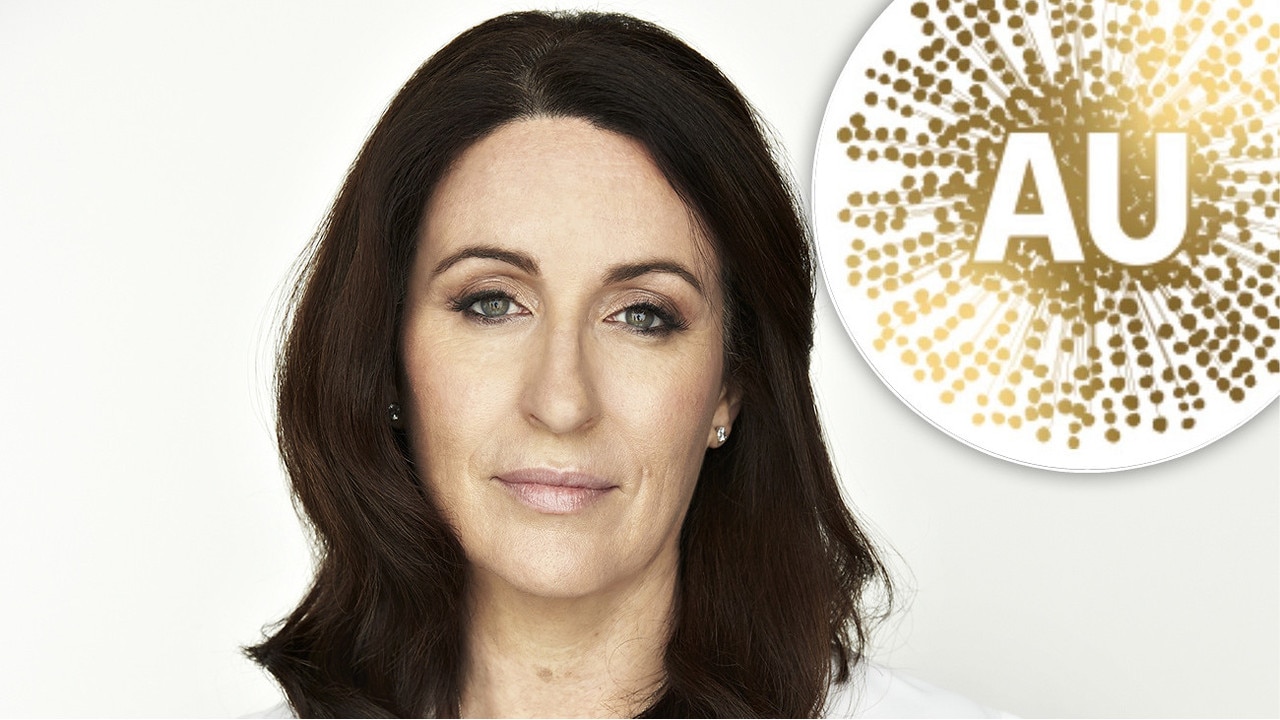NY Times may be in Oz. But they just don’t get us
AMERICAN media outlet The New York Times has expanded its offices to Aussie shores... but awkwardly not its vocabulary, writes James Morrow.

Rendezview
Don't miss out on the headlines from Rendezview. Followed categories will be added to My News.
READERS are invited to put on their best David Attenborough voice as they take a trip into darkest suburbia with the New York Times’ Sam Sifton, recently out in Australia from head office:
“Bunnings… is a large Australian hardware chain that offers space in its parking lots on weekends so community groups can raise funds selling sausages from the company’s grills. They call these events” — wait for it — ‘sizzles’.”
Well, glad we explained that. Having myself migrated to Sydney from Manhattan 15 years ago, I only wish the old hometown paper had been there to clear up such mysteries for me.
Sifton may be based in New York, but his employer has lately developed an obsession with Australia, opening a local bureau dedicated to producing local content and even maintaining a private, by-approval-only Facebook chat page.
It’s great to see anyone having a go (translation for Times’ readers: “giving it the old college try”) in local publishing.
But given their trip to Bunnings, imagine how the Times might tackle other Australian phenomena such as the Drop Bear (“a much-feared but elusive creature whose habitat is under threat from encroaching residential developments, often called ‘McMansions’,” perhaps?) or getting dakked (“an act of involuntary exhibitionism that has lately come under fire due to increased awareness of sexual harassment”).
It’s not just Australia’s strange customs that come in for the New York Times treatment, it is Australia itself.

Picture the NT News taken over in a coup by the staff of the Green Left Weekly, or “They’re a Weird Mob” as re-imagined by Waleed Aly (not surprisingly a prolific contributor to the Times’ new offering) and you get the idea. “Getting ahead is a national obsession” complains one contributor, thankfully without trying to explain Kath & Kim or the word “aspirational” to the Yanks.
We have an “immoral preference for Christian refugees”, tut-tuts another, though as yet the Times has not told its readers about the concrete diversity bollards lately installed in Melbourne.
Even “Australia’s national sport” of cricket (really?) is not immune, given our players’ propensity for psychological warfare (“The practice is called ‘sledging’, apparently drawn from the phrase ‘as subtle as a sledgehammer’,” according to journalist A. Odysseus Patrick, again going the full Attenborough and calling it cricket’s “dark side”.)
Perhaps with an eye towards eventually making it big in the local online property classifieds game, the Times’ treatment of everything it encounters here comes in from such a hard-left position it makes the bleeding Fairfax look like Quadrant. Of course, this is not the first time the Times has had trouble explaining events in a foreign land.
In the 1930s Times correspondent Walter Duranty went to the Soviet Union and sent back report after glowing report about the great job Stalin was doing, putting down what were then just rumours of state-enforced famine in Ukraine down to “exaggeration or malignant propaganda”. Back then Russian fake news was more eagerly lapped up by the Times’ readers and Duranty won a Pulitzer Prize for his labours.
Which just goes to show that in this one particular instance Karl Marx was right and that history, like the New York Times, repeats: First as tragedy, then as farce.
James Morrow is opinion editor of the Daily Telegraph.



